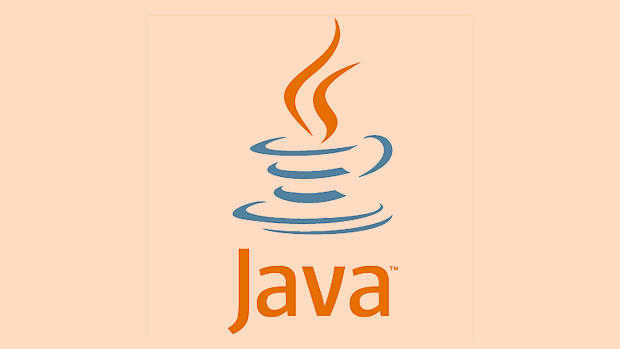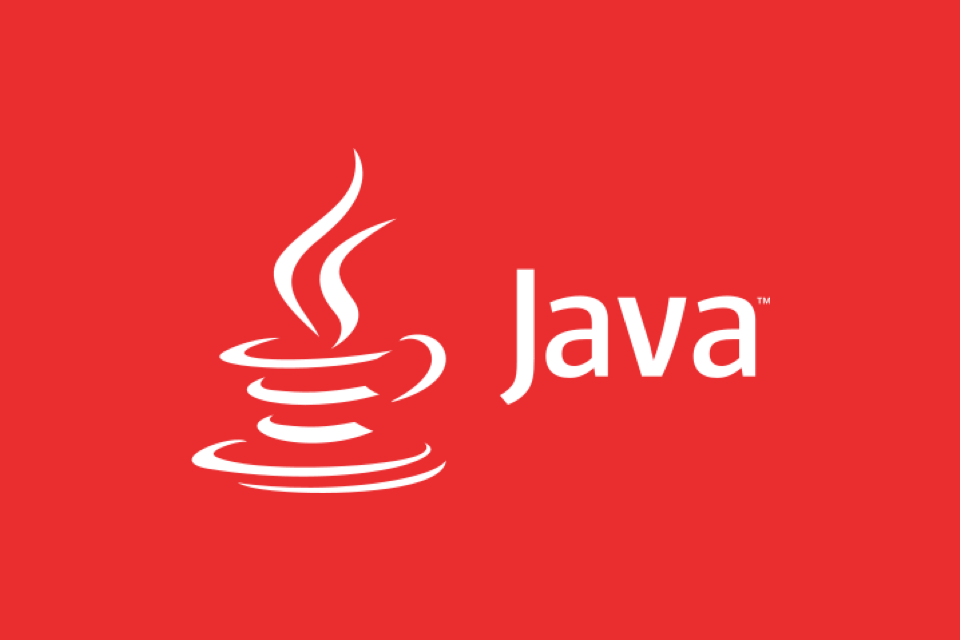The Java reflection mechanism allows dynamic operation of class members at runtime, obtain class information through Class objects, call methods and access fields, and is suitable for framework development and other scenarios. Use reflection to get the Class object first. Common methods include class names, objects and fully qualified names loading. Class.forName() is the most commonly used and supports class loading control. Then you can create objects and call methods dynamically, pay attention to parameter matching, private methods need to set setAccessible(true), and static method calls to pass null; field operations also need to obtain Field objects and set access permissions; reflection performance is low, and it is recommended to be used for initialization or cache usage in high-frequency scenarios, which is commonly found in frameworks such as Spring and Hibernate.

The Java reflection mechanism is a knowledge point that many developers cannot avoid when they advance. It allows you to dynamically obtain class information at runtime and manipulate class properties, methods, constructors, etc., which is very useful in framework development, dependency injection, annotation processing and other scenarios.

However, although the reflection is powerful, it also has a certain threshold to use, especially for students who are new to Java, it is easy to get stuck. Let’s start from several practical perspectives and talk about the basic usage of Java reflection and some precautions.
Getting Class object is the first step
To use reflection, first you need to get a Class object of a class. This is the basis of reflection, and there are several common ways:

- By class name:
Class> clazz = String.class; - Pass object:
Class> clazz = obj.getClass(); - Loading through the fully qualified name of the class:
Class> clazz = Class.forName("java.lang.String");
The third one is the most commonly used, especially when the class name is specified in the configuration file or annotation, which is more flexible in writing.
Note: If the class has not been loaded, Class.forName() will try to load the class and initialize it. If you do not want to trigger initialization, you can use a version with three parameters:

Class.forName("com.example.MyClass", false, classLoader);Dynamically create objects and call methods
After you get Class object, you can create instances, access fields, and call methods through reflection.
For example, creating an object:
Object obj = clazz.newInstance(); // Abandoned, suitable for parameterless constructors
Or use a constructor (recommended):
Constructor<?> constructor = clazz.getConstructor(String.class);
Object obj = constructor.newInstance("hello");Example of calling methods:
Method method = clazz.getMethod("methodName", paramTypes);
method.invoke(obj, params);A few points to note here:
- The method name and parameter type must match exactly
- If the method is private, you need to use
getDeclaredMethod()and cooperate withsetAccessible(true) - When calling a static method, the first parameter of
invokepassesnull
For example, if you want to call a private method of a certain class:
Method privateMethod = clazz.getDeclaredMethod("secretMethod");
privateMethod.setAccessible(true);
privateMethod.invoke(instance);Field operations and access control
In addition to methods, you can also read or modify the value of a field through reflection.
The basic steps are as follows:
- Get field object:
Field field = clazz.getDeclaredField("fieldName"); - Set accessibility (if it is a private field):
field.setAccessible(true); - Read or set the value:
-
Object value = field.get(instance); -
field.set(instance, newValue);
-
This is especially useful for testing, serialization/deserialization tools. For example, some JSON libraries can be assigned through reflection even if the fields are private when deserialized.
But pay attention to the issue of permission control. Frequent use of setAccessible(true) may affect performance and may also pose security risks, especially in production environments.
Performance and applicable scenarios
Many people say that the reflex is slow, but it is not too exaggerated. Reflective calls are indeed slower than direct calls, as additional checks and encapsulation are involved. But in most business scenarios, this performance difference is acceptable, especially when reflections are only used in the initialization phase.
Common reflection application scenarios include:
- Framework design (such as Spring uses reflection for dependency injection)
- Annotation processor
- ORM framework (such as Hibernate maps database fields to entity classes by reflection)
- Unit testing tools (such as JUnit)
If you are using reflection in high-frequency loops, consider cacheing Method or Field objects to avoid the overhead of repeated searches.
Basically that's it. The Java reflection mechanism looks complicated, but as long as you master several core classes (Class, Method, Field, Constructor) and practice with actual scenarios, it is actually not difficult to get started. Just remember to weigh the pros and cons during use, and don’t abuse it.
The above is the detailed content of Java reflection tutorial. For more information, please follow other related articles on the PHP Chinese website!

Hot AI Tools

Undress AI Tool
Undress images for free

Undresser.AI Undress
AI-powered app for creating realistic nude photos

AI Clothes Remover
Online AI tool for removing clothes from photos.

Clothoff.io
AI clothes remover

Video Face Swap
Swap faces in any video effortlessly with our completely free AI face swap tool!

Hot Article

Hot Tools

Notepad++7.3.1
Easy-to-use and free code editor

SublimeText3 Chinese version
Chinese version, very easy to use

Zend Studio 13.0.1
Powerful PHP integrated development environment

Dreamweaver CS6
Visual web development tools

SublimeText3 Mac version
God-level code editing software (SublimeText3)

Hot Topics
 Difference between HashMap and Hashtable?
Jun 24, 2025 pm 09:41 PM
Difference between HashMap and Hashtable?
Jun 24, 2025 pm 09:41 PM
The difference between HashMap and Hashtable is mainly reflected in thread safety, null value support and performance. 1. In terms of thread safety, Hashtable is thread-safe, and its methods are mostly synchronous methods, while HashMap does not perform synchronization processing, which is not thread-safe; 2. In terms of null value support, HashMap allows one null key and multiple null values, while Hashtable does not allow null keys or values, otherwise a NullPointerException will be thrown; 3. In terms of performance, HashMap is more efficient because there is no synchronization mechanism, and Hashtable has a low locking performance for each operation. It is recommended to use ConcurrentHashMap instead.
 Why do we need wrapper classes?
Jun 28, 2025 am 01:01 AM
Why do we need wrapper classes?
Jun 28, 2025 am 01:01 AM
Java uses wrapper classes because basic data types cannot directly participate in object-oriented operations, and object forms are often required in actual needs; 1. Collection classes can only store objects, such as Lists use automatic boxing to store numerical values; 2. Generics do not support basic types, and packaging classes must be used as type parameters; 3. Packaging classes can represent null values ??to distinguish unset or missing data; 4. Packaging classes provide practical methods such as string conversion to facilitate data parsing and processing, so in scenarios where these characteristics are needed, packaging classes are indispensable.
 What are static methods in interfaces?
Jun 24, 2025 pm 10:57 PM
What are static methods in interfaces?
Jun 24, 2025 pm 10:57 PM
StaticmethodsininterfaceswereintroducedinJava8toallowutilityfunctionswithintheinterfaceitself.BeforeJava8,suchfunctionsrequiredseparatehelperclasses,leadingtodisorganizedcode.Now,staticmethodsprovidethreekeybenefits:1)theyenableutilitymethodsdirectly
 How does JIT compiler optimize code?
Jun 24, 2025 pm 10:45 PM
How does JIT compiler optimize code?
Jun 24, 2025 pm 10:45 PM
The JIT compiler optimizes code through four methods: method inline, hot spot detection and compilation, type speculation and devirtualization, and redundant operation elimination. 1. Method inline reduces call overhead and inserts frequently called small methods directly into the call; 2. Hot spot detection and high-frequency code execution and centrally optimize it to save resources; 3. Type speculation collects runtime type information to achieve devirtualization calls, improving efficiency; 4. Redundant operations eliminate useless calculations and inspections based on operational data deletion, enhancing performance.
 What is an instance initializer block?
Jun 25, 2025 pm 12:21 PM
What is an instance initializer block?
Jun 25, 2025 pm 12:21 PM
Instance initialization blocks are used in Java to run initialization logic when creating objects, which are executed before the constructor. It is suitable for scenarios where multiple constructors share initialization code, complex field initialization, or anonymous class initialization scenarios. Unlike static initialization blocks, it is executed every time it is instantiated, while static initialization blocks only run once when the class is loaded.
 What is the Factory pattern?
Jun 24, 2025 pm 11:29 PM
What is the Factory pattern?
Jun 24, 2025 pm 11:29 PM
Factory mode is used to encapsulate object creation logic, making the code more flexible, easy to maintain, and loosely coupled. The core answer is: by centrally managing object creation logic, hiding implementation details, and supporting the creation of multiple related objects. The specific description is as follows: the factory mode handes object creation to a special factory class or method for processing, avoiding the use of newClass() directly; it is suitable for scenarios where multiple types of related objects are created, creation logic may change, and implementation details need to be hidden; for example, in the payment processor, Stripe, PayPal and other instances are created through factories; its implementation includes the object returned by the factory class based on input parameters, and all objects realize a common interface; common variants include simple factories, factory methods and abstract factories, which are suitable for different complexities.
 What is the `final` keyword for variables?
Jun 24, 2025 pm 07:29 PM
What is the `final` keyword for variables?
Jun 24, 2025 pm 07:29 PM
InJava,thefinalkeywordpreventsavariable’svaluefrombeingchangedafterassignment,butitsbehaviordiffersforprimitivesandobjectreferences.Forprimitivevariables,finalmakesthevalueconstant,asinfinalintMAX_SPEED=100;wherereassignmentcausesanerror.Forobjectref
 What is type casting?
Jun 24, 2025 pm 11:09 PM
What is type casting?
Jun 24, 2025 pm 11:09 PM
There are two types of conversion: implicit and explicit. 1. Implicit conversion occurs automatically, such as converting int to double; 2. Explicit conversion requires manual operation, such as using (int)myDouble. A case where type conversion is required includes processing user input, mathematical operations, or passing different types of values ??between functions. Issues that need to be noted are: turning floating-point numbers into integers will truncate the fractional part, turning large types into small types may lead to data loss, and some languages ??do not allow direct conversion of specific types. A proper understanding of language conversion rules helps avoid errors.






